Focus on Operational Efficiency
A pronounced focus on operational efficiency is emerging as a key driver in the Wind Turbine Automation Market. Operators are increasingly seeking ways to enhance productivity and reduce operational costs. Automation technologies, including remote monitoring and predictive maintenance, are being adopted to streamline operations and minimize downtime. Data indicates that companies implementing automation solutions can achieve up to a 20% reduction in operational costs. This emphasis on efficiency not only improves profitability but also supports the sustainability goals of wind energy projects. As the industry continues to prioritize operational excellence, the Wind Turbine Automation Market is likely to experience robust growth.
Government Policies and Incentives
Government policies and incentives play a crucial role in shaping the Wind Turbine Automation Market. Many countries are implementing favorable regulations and financial incentives to promote the adoption of wind energy. These policies often include tax credits, grants, and subsidies aimed at reducing the initial investment costs associated with wind projects. Recent reports indicate that such incentives have led to a marked increase in wind energy installations, with some regions experiencing growth rates exceeding 15% annually. As these supportive measures continue to evolve, they are expected to further stimulate the demand for automation technologies within the Wind Turbine Automation Market.
Rising Demand for Renewable Energy
The escalating demand for renewable energy sources is a pivotal driver in the Wind Turbine Automation Market. Governments and organizations are increasingly prioritizing sustainable energy solutions to combat climate change and reduce carbon emissions. This shift is reflected in various policies and incentives aimed at promoting wind energy. According to recent data, wind energy capacity has seen a substantial increase, with projections indicating a doubling of installed capacity by 2030. This surge in demand necessitates enhanced automation solutions to manage the growing number of wind farms efficiently. Consequently, the Wind Turbine Automation Market is poised for significant growth as stakeholders seek to optimize energy production and integrate advanced technologies.
Integration of Advanced Control Systems
The integration of advanced control systems in the Wind Turbine Automation Market is driving efficiency and performance. These systems utilize sophisticated algorithms and real-time data analytics to optimize turbine operations. By enhancing the ability to monitor and control turbine performance, operators can significantly reduce downtime and maintenance costs. The market for control systems is projected to grow, with estimates suggesting a compound annual growth rate of over 10% in the coming years. This growth is indicative of the increasing reliance on automation technologies to improve energy output and operational reliability. As the industry evolves, the demand for more intelligent control systems is likely to rise, further propelling the Wind Turbine Automation Market.
Technological Advancements in Turbine Design
Technological advancements in turbine design are significantly influencing the Wind Turbine Automation Market. Innovations such as larger rotor diameters and improved blade aerodynamics are enhancing energy capture and efficiency. These advancements not only increase the overall output of wind farms but also reduce the cost per megawatt-hour of energy produced. The introduction of larger and more efficient turbines is expected to drive the market, with estimates suggesting that the average size of onshore wind turbines will continue to grow. As turbine technology evolves, the need for sophisticated automation systems to manage these complex machines becomes increasingly critical, thereby propelling the Wind Turbine Automation Market forward.




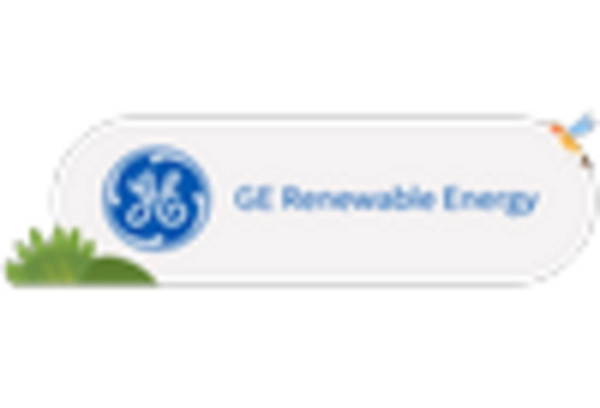
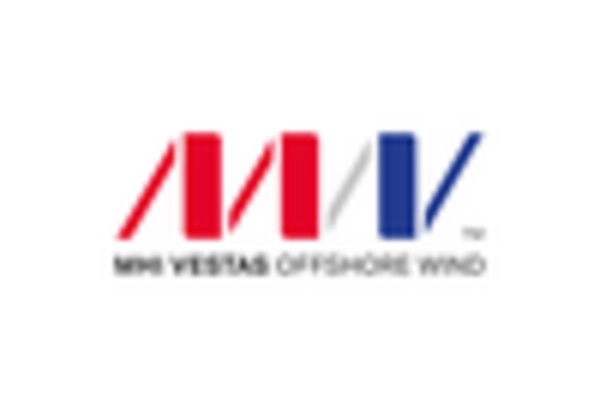
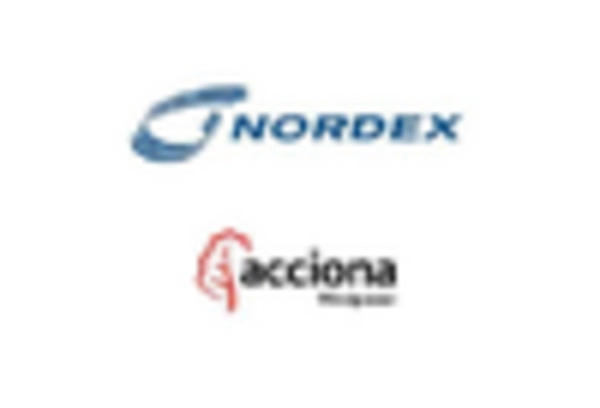
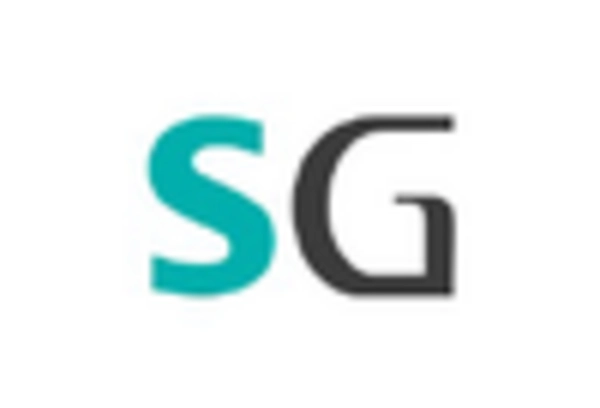
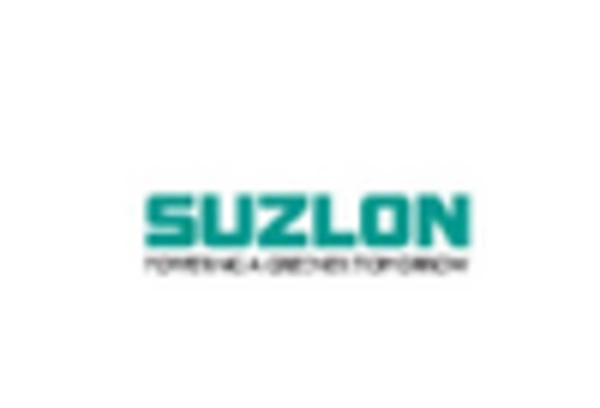









Leave a Comment